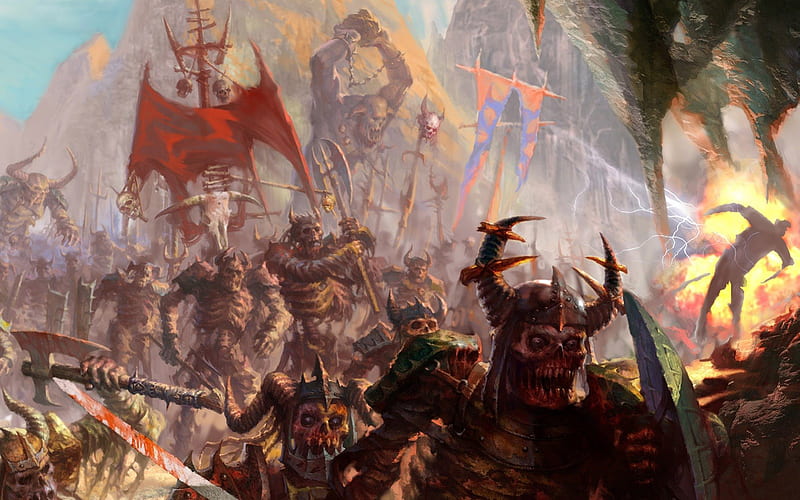Since its release in 2004, ‘World of Warcraft’ (WoW) has become a cornerstone of the online gaming world. Developed by Blizzard Entertainment, WoW didn’t just set new standards for MMORPGs (Massively Multiplayer Online Role-Playing Games); it also fundamentally altered the landscape of online gaming communities. This article delves into the profound impact WoW has had on these communities, from its pioneering social structures to its lasting legacy.
The Rise of ‘World of Warcraft’
When WoW launched, it quickly gained a massive following, attracting millions of players worldwide. Its appeal lay in its vast, immersive world of Azeroth, where players could explore diverse landscapes, undertake epic quests, and engage in battles. More importantly, WoW fostered a sense of community by encouraging cooperation and collaboration among players.

Creating Social Structures
WoW’s game design emphasized the importance of social interactions. Key features such as guilds, group quests, and raids required players to work together to achieve common goals. Guilds, in particular, became the bedrock of WoW’s social structure. These player-formed groups provided a sense of belonging and camaraderie, enabling players to form lasting friendships and alliances.
Guilds and Community Building: Guilds in WoW were more than just in-game teams; they became virtual families. Players often spent hours together, not just completing quests but also chatting and socializing. This sense of community extended beyond the game, with guild members frequently interacting on forums and social media.
Raids and Group Dynamics: Raids, which involved large groups of players tackling challenging dungeons and bosses, exemplified the cooperative spirit of WoW. Successful raids required communication, strategy, and teamwork, fostering a strong sense of achievement and mutual respect among participants.
Read also about: Esports Explosion: The Growth of Competitive Gaming with ‘League of Legends’ and ‘Dota 2‘.
Transforming Online Gaming Culture
WoW’s emphasis on community and cooperation transformed the culture of online gaming. It demonstrated that games could be social experiences, where players formed real connections and worked together towards shared objectives. This shift influenced the development of future online games, which increasingly incorporated social elements.
Player-Created Content: WoW also encouraged player creativity. From fan fiction and art to in-game events and machinima (videos created using the game’s engine), WoW players produced a vast array of content. This creative output further strengthened the community, as players shared their works and celebrated each other’s contributions.

The Economic Impact
WoW’s success had significant economic implications. It pioneered the subscription-based model for online games, demonstrating that players were willing to pay a monthly fee for a quality gaming experience. This model became a standard in the industry, influencing the business strategies of countless other online games.
In-Game Economy: The in-game economy of WoW also mirrored real-world economic principles. Players engaged in trading, crafting, and auctioning items, creating a dynamic virtual marketplace. The complexities of WoW’s economy provided insights into economic behaviors and even inspired academic studies.
Longevity and Adaptation
One of WoW’s most impressive feats is its longevity. Despite being nearly two decades old, WoW remains popular, continually evolving through expansions and updates. Blizzard’s commitment to adapting the game to meet players’ needs and expectations has kept the community vibrant and engaged.
Expansions and Updates: Regular expansions have introduced new content, keeping the game fresh and exciting. Each expansion brought new storylines, regions, and gameplay mechanics, ensuring that players always had something new to explore.
Legacy and Influence
The legacy of WoW extends beyond its own player base. It set a benchmark for MMORPGs, inspiring numerous games that followed. Titles like ‘Guild Wars’, ‘The Elder Scrolls Online’, and ‘Final Fantasy XIV’ owe much to the path blazed by WoW.
Influence on Game Design: WoW’s success demonstrated the importance of social features, community-building, and continuous content updates. These elements are now standard in modern online games, highlighting WoW’s lasting influence on game design and player expectations.
Conclusion
‘World of Warcraft’ has left an indelible mark on the world of online gaming. Its creation of vibrant, cooperative communities, transformation of gaming culture, and lasting influence on the industry have cemented its place in gaming history. As WoW continues to evolve, it remains a testament to the power of games to bring people together, fostering connections that transcend the virtual world.
